70 years have passed, but when recalling the historic day of October 10, 1954, Mr. Nguyen Van Khang (89 years old), Head of the Liaison Committee of the Youth Team working to take over the Capital at that time, still remembers clearly every task and emotion of the young men who were only eighteen or twenty years old.
At his "rare" age, Mr. Khang, although wearing a hearing aid, has a very sharp memory.
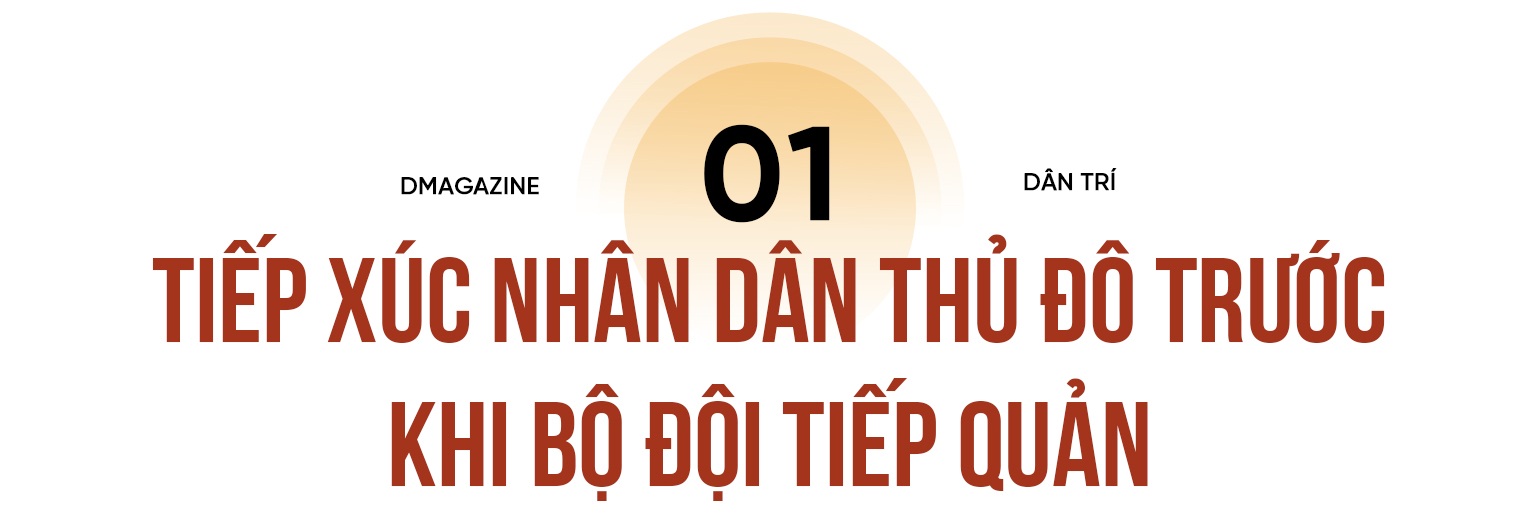
After a moment of contemplation, turning back each page of his memories, he recalled that when he had just turned 19 and was still studying at Tan Trao School (Tuyen Quang), he and 11 other members were selected by the school's Teachers' Council to join the elite youth union for national salvation.
At that time, he thought he would be sent to the Dien Bien Phu front. But instead of marching to the Northwest as he had thought, his group moved to Dai Tu (Thai Nguyen). Later, he learned that he had been selected to join the Youth Team to take over the Capital.
During 2 months (from July to September 1954), about 400 youth union members from Tan Trao, Hung Vuong, Luong Ngoc Quyen, Nguyen Thuong Hien schools,... of Tuyen Quang, Thai Nguyen, Phu Tho provinces... were assigned to receive training and study the Government's policies to carry out an important task before the day the government and army took over the capital.
After being re-educated, Mr. Khang and other members received instructions from their superiors that he would never forget: "When entering Hanoi, you must be serious, absolutely do not touch a needle or thread of the people; young people in the team are not allowed to love each other." On October 3, 1954, he set foot in Hanoi.
“At that time, we were young men, only 19-20 years old, but we were assigned the task of contacting the people before the army returned. Therefore, when we returned to Hanoi, we were very worried about how to complete the task well,” Mr. Khang shared.
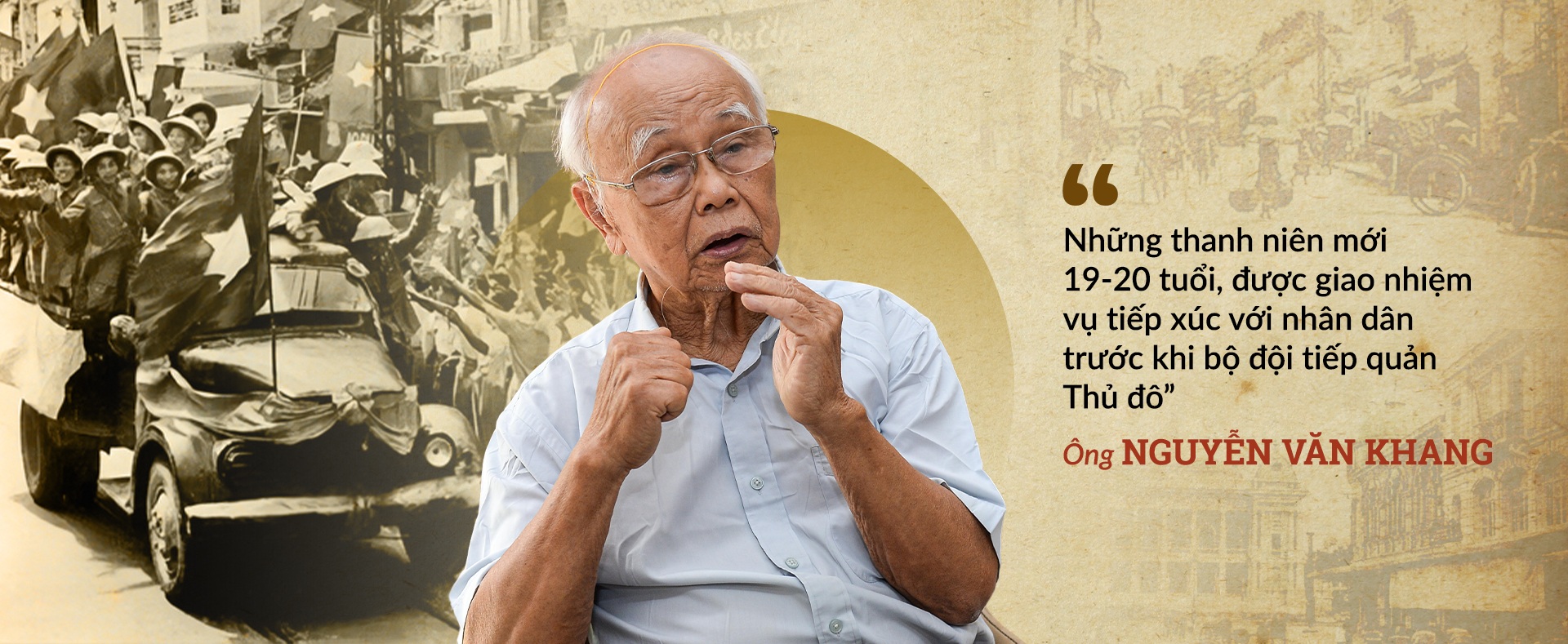
From October 3 to 6, 1954, the Youth Team to Take Over the Capital began to go on a reconnaissance mission, contacting the people of Hanoi before the army moved in to take over.
At that time, the enemy spread a lot of distorted information to lure our people to migrate to the South. The members of the Youth Team working to take over the Capital were divided into groups of 7 to 10 people, infiltrating 36 streets to carry out their assigned tasks.
Mr. Khang and the young people of the team contacted from civil servants to young people in universities, high schools, teenagers, small traders, small business owners and people, etc. to talk about our Government's policies.
When meeting with the people of the capital, he and his teammates had to answer many questions such as: Are flower sellers allowed to wear ao dai?, Are traders at Dong Xuan market allowed to continue trading?, Will salaries be changed?, etc.
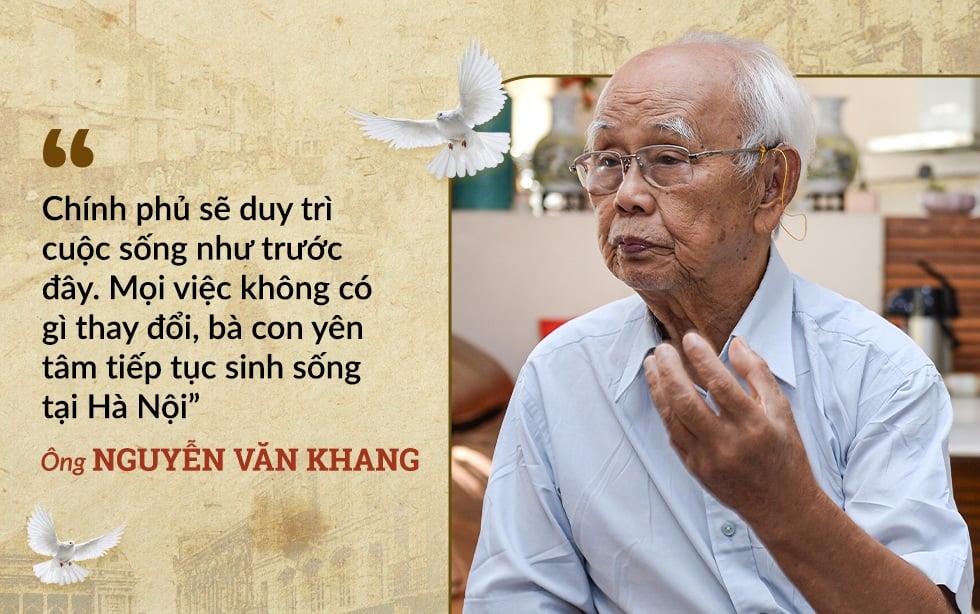
Thanks to being trained in the policies and guidelines of the Party and Government on business and study activities at school, everyone in the team confidently and loudly answered the people: "The government will maintain life as before. Nothing will change, people can rest assured to continue living in Hanoi."
To create sympathy with the youth, the Youth Working Group took to the streets to meet and talk with the people and youth and taught them singing and dancing.
“Thanks to the propaganda and mobilization work, when our army returned to the capital to take over, all activities of offices, schools, power plants, water plants, trains, etc. continued as usual. The only difference was that the French army was no longer present in Hanoi,” Mr. Khang proudly recounted.

With the encouragement and explanation of the Youth Team members working to take over the Capital, after the French troops were gone, the people, teenagers and the youth team cleaned up the streets.
By the night of October 9, 1954, the whole of Hanoi was almost sleepless. Young people and people in the neighborhoods stayed up all night to prepare flags and banners to welcome the government and soldiers to take over the capital.
At 8:00 a.m. on October 10, 1954, the army entered the capital from the five gates. Tens of thousands of people dressed in formal clothes and with colorful flags took to the streets to welcome the government and the revolutionary army, accompanied by the sound of drums, firecrackers, and cheers echoing throughout the streets. On this historic day, Mr. Khang was assigned to ensure security and order in the area around the current Hoan Kiem Lake fountain.
“October 10, 1954, is a historical event that I will never forget in my entire life. That day, a mother choked up as she hugged her child after many years apart; a baby was reunited with his father on his return; a wife was reunited with her husband, but many families searched everywhere but could not find their loved ones.
At that time, there were many touching images, but unfortunately there weren't as many cameras as there are now to record those touching moments," Mr. Khang recalled the sacred moments of history.
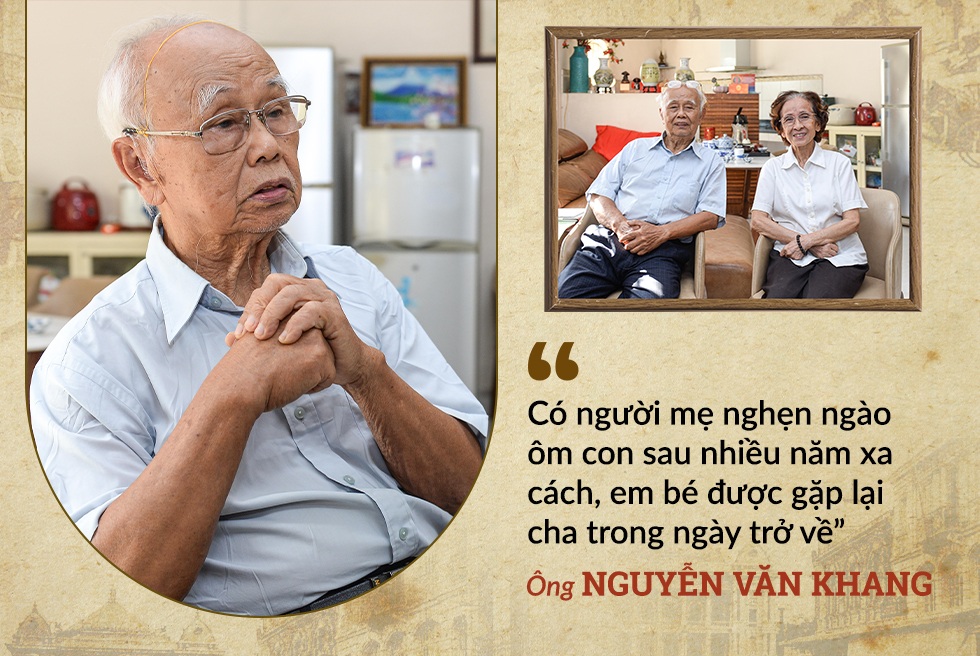
After October 10, 1954, Mr. Khang continued to join the Youth Volunteer Team to take over the capital and carry out the task of preventing migration in Hanoi. By April 1955, his and his team's mission had ended successfully. Some team members were selected to study abroad in China, the Soviet Union, Czechoslovakia, etc.
In 1955, Mr. Khang was sent to study agriculture in China, then worked at the Ministry of Agriculture and Rural Development until his retirement. After 10 years living with his youngest son's family in Ho Chi Minh City, in 2023, Mr. Nguyen Van Khang and his wife returned to live in Hanoi.
He hopes that during the 70th anniversary of the Liberation of the Capital, he will have the opportunity to meet again the old members who were once active in the Youth Team working to take over the Capital.

At a small house deep in alley 33 Chua Lang street (Dong Da district, Hanoi), Colonel Bui Gia Tue, former Head of the Legal Department (General Department of Industry, Ministry of National Defense) took reporters back to the heroic years of October 10, 1954 - the day the army returned to take over the capital from the French colonialists.
Born and raised in Hang Be Street (Hoan Kiem District), Mr. Tue was enlightened about revolutionary ideals early on. On the night of December 19, 1946, after hearing President Ho Chi Minh read the call for national resistance, Mr. Tue, then only 15 years old, volunteered to join the fight to protect the city.
Because he was young, he was only assigned the task of reconnaissance and communication for the Hang Be neighborhood militia.
“I was assigned to observe on a high-rise building on Cau Go Street. If I saw the French troops coming in, I would wave a flag to signal the militia to be ready to respond. During those 60 days of war, I directly participated in combat once.
That time, the French brought in 1 tank, 1 military vehicle, followed by infantry from Tran Nhat Duat street, trying to break through our defense line but failed," Mr. Tue said.
On February 17, 1947, the Capital Regiment withdrew from the city. Mr. Tue was not old enough to join the army, so he and his family evacuated to the rear. In 1948, while visiting a relative who was working as a doctor at the 308th Division, Mr. Tue asked to join the army.
Because he was not old enough, his relatives refused and advised him to continue his studies. However, due to the determination of this patriotic young man, his wish was accepted and he joined the fight in the ranks of the 308th Division. When our army and people entered the Dien Bien Phu campaign, Mr. Tue held the role of Platoon Leader, and was also responsible for transporting and supplying ammunition to the artillery force.
Mentioning the Dien Bien Phu campaign, many memories flooded back to the mind of Uncle Ho's soldiers: "In addition to transporting ammunition, my unit also had the task of receiving the surrendering French troops. For unknown reasons or knowing that they would lose the battle, the French army prepared white scarves in advance and surrendered their weapons one by one. Looking at that scene, we felt that the day of peace, the day of returning to Hanoi was not far away."
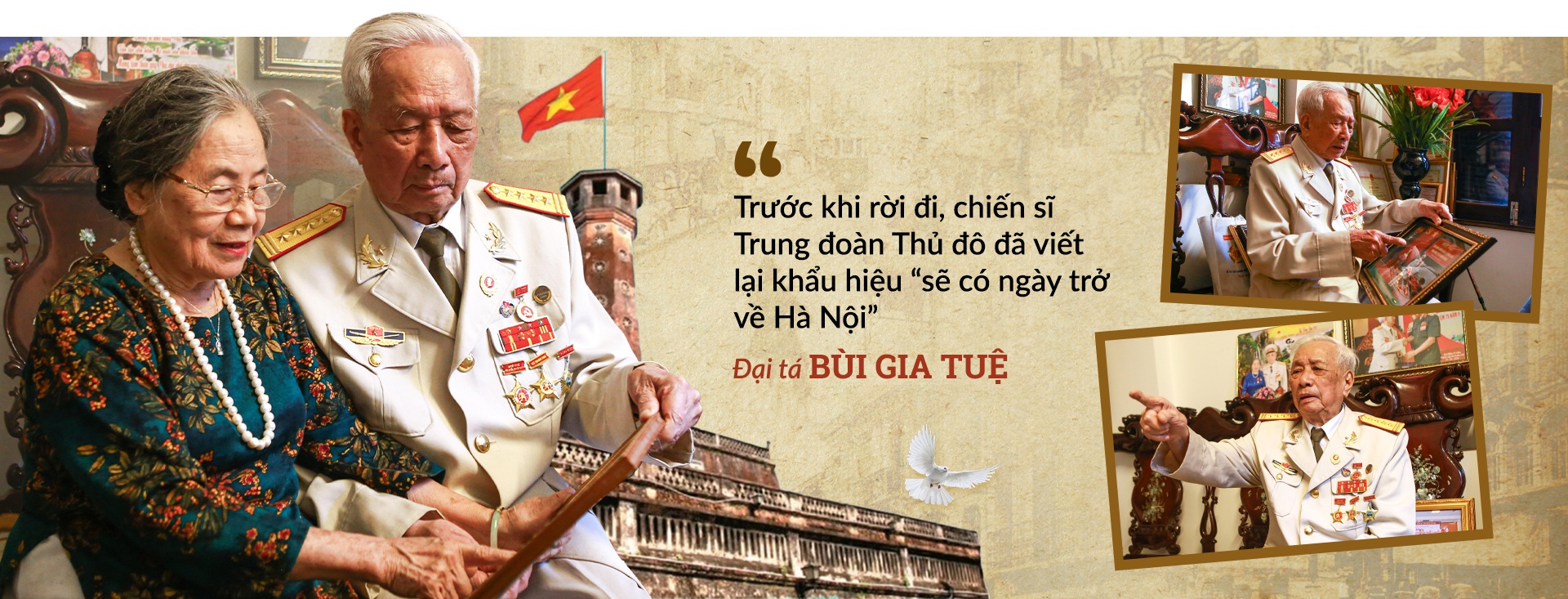
The Dien Bien Phu campaign was completely victorious, and the 308th Division marched to Hanoi. Arriving in Phu Tho, Mr. Tue was honored to be one of 70 officers and soldiers representing him to meet Uncle Ho at Hung Temple, listening to Uncle Ho's important instructions when returning to take over the capital.
“Why did Uncle Ho say “return”? Because he knew that we were leaving Hanoi. Before leaving, the soldiers of the Capital Regiment wrote down the slogan “one day we will return to Hanoi”. For us, that was a promise of victory,” Colonel Bui Gia Tue said.
On October 10, 1954, the historical moment had come, the army units divided into many large armies to enter and take over the capital.
Mr. Tue's car was the third car to enter Hanoi, following the cars of Chairman of the Military Management Committee Vuong Thua Vu and Vice Chairman of the Hanoi Military Management Committee Tran Duy Hung.
The convoy departed from Ha Dong, the capital gradually appeared before our eyes, a forest of flags, banners and slogans, most of which were “Long live Ho Chi Minh”. Mr. Tue and his comrades marched through Cua Nam, Hang Dau, Hang Ngang, Hang Dao, Hoan Kiem Lake,… then joined other units at Cot Co yard.
“Sitting right at the front of the car on the right, I witnessed the joy and happiness of tens of thousands of people welcoming and shouting the slogan “Hooray for Uncle Ho's soldiers”, at that moment I was extremely moved.
People looked at the soldiers with eyes full of affection and closeness as they had long expected. The female students of Trung Vuong School rushed out to welcome, hug, and hold hands with each soldier to congratulate them... That was a truly happy moment that I will never forget," Colonel Bui Gia Tue emotionally recounted.
At 3:00 p.m. on October 10, 1954, the city theater blew a long whistle. The majestic national anthem resounded, the army and the people became one. The red flag with a yellow star fluttered atop the Hanoi Flag Tower.
Division Commander Vuong Thua Vu, on behalf of the Military Commission, read President Ho Chi Minh's appeal to the people of Hanoi. As soon as the letter ended, the shout: "Long live President Ho Chi Minh" resounded, expressing the respect and pride of the people of the capital for Uncle Ho.
“We have fulfilled the task of taking over the capital assigned by Uncle Ho well, and people's lives have gradually returned to normal.
The days returning to Hanoi brought me unforgettable memories. I hope that the echoes of that victory will always resound through the generations, especially the young generation today. I hope that you will continue the tradition of your ancestors, study and practice to build a cultured, civilized, rich and modern capital," Colonel Bui Gia Tue said.
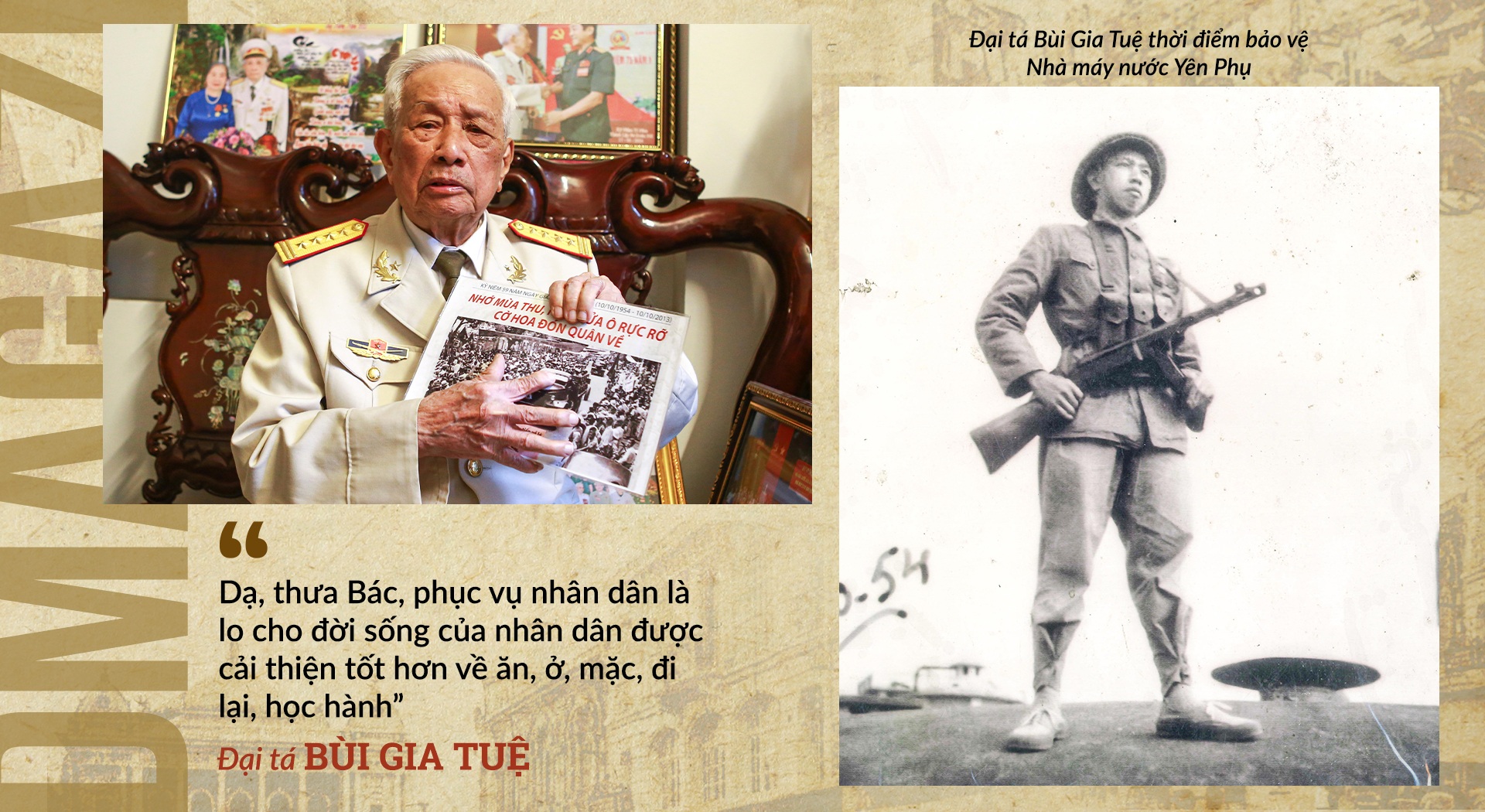
After taking over the capital, Mr. Tue and his teammates in the unit were assigned to protect Yen Phu Water Plant for about 2 months.
The deepest impression in his heart was the two honors of meeting Uncle Ho. The first time was when President Ho Chi Minh met and talked with the Vanguard Army Corps (ie Division 308) at Hung Temple, Phu Tho in September 1954, before the unit took over the capital.
The second time was when he was studying at the University of Economics and Finance (now the National Economics University). That day, Uncle Ho visited the school and he had a chance to talk with him.
On the afternoon of February 3, 1961, Uncle Ho suddenly visited the University of Economics and Finance. No one thought that Uncle Ho would visit the school while he was busy with work. Upon arriving at the school, Uncle Ho went straight to the kitchen area, inspected the kitchen of the staff and students, then went to the auditorium.
In the hall, Mr. Tue sat in the front row. Uncle Ho asked: "What is your name?". Mr. Tue stood up and replied: "Yes, Uncle, I am Bui Gia Tue."
“Uncle continued: “Tue, on behalf of the students here, please answer me. What do you study for?”, “Yes, Uncle, we study to serve the people.”
“What is serving the people like?”, “Yes, Uncle, serving the people means taking care of the people’s lives to improve in terms of food, housing, clothing, transportation, and education”, “That’s good, sit down”, Mr. Tue recalled the second time he met Uncle Ho, which he would never forget for the rest of his life.
After graduating from the University of Economics and Finance, Mr. Tue worked at the Department of Military Armaments (General Department of Defense Industry). Later, he held many positions in many units. In 1991, he retired with the rank of Colonel.

In the memories of Colonel Bui Gia Tue and Mr. Nguyen Van Khang, Hanoi in October 1954 was encapsulated in 36 streets.
Mr. Khang still remembers clearly the road from Nga Tu So to Ha Dong town (now Ha Dong district), both sides were fields, there were no houses or streets like today. Even Nguyen Chi Thanh street (now Cau Giay district) or Dong Da hill section, from Tay Son street looking all the way to Giai Phong street (Hoang Mai district) were all fields.
Houses are mostly one-story, with occasional two- or three-story houses. Hang Ngang, Hang Dao, Hang Ma, Hang Bac, Hang Cot, Hang May streets, etc. are busier than other areas in the city. At night, the 36 streets of the capital are lit up with electricity.
“The changes in Hanoi today are enormous. After 70 years, the capital has taken on a new look, a new face in all areas,” Mr. Khang assessed.
Hanoi not only develops strongly in terms of infrastructure, economy and society, but the lives of people with meritorious services and policy families are also of great concern to the city.
“For many years now, we have had free health insurance cards and free bus rides. On holidays, Tet, and major national anniversaries, the locality always cares about families with revolutionary contributions, families in difficult circumstances, etc. These are very humane and meaningful actions of the city,” Mr. Khang confided.
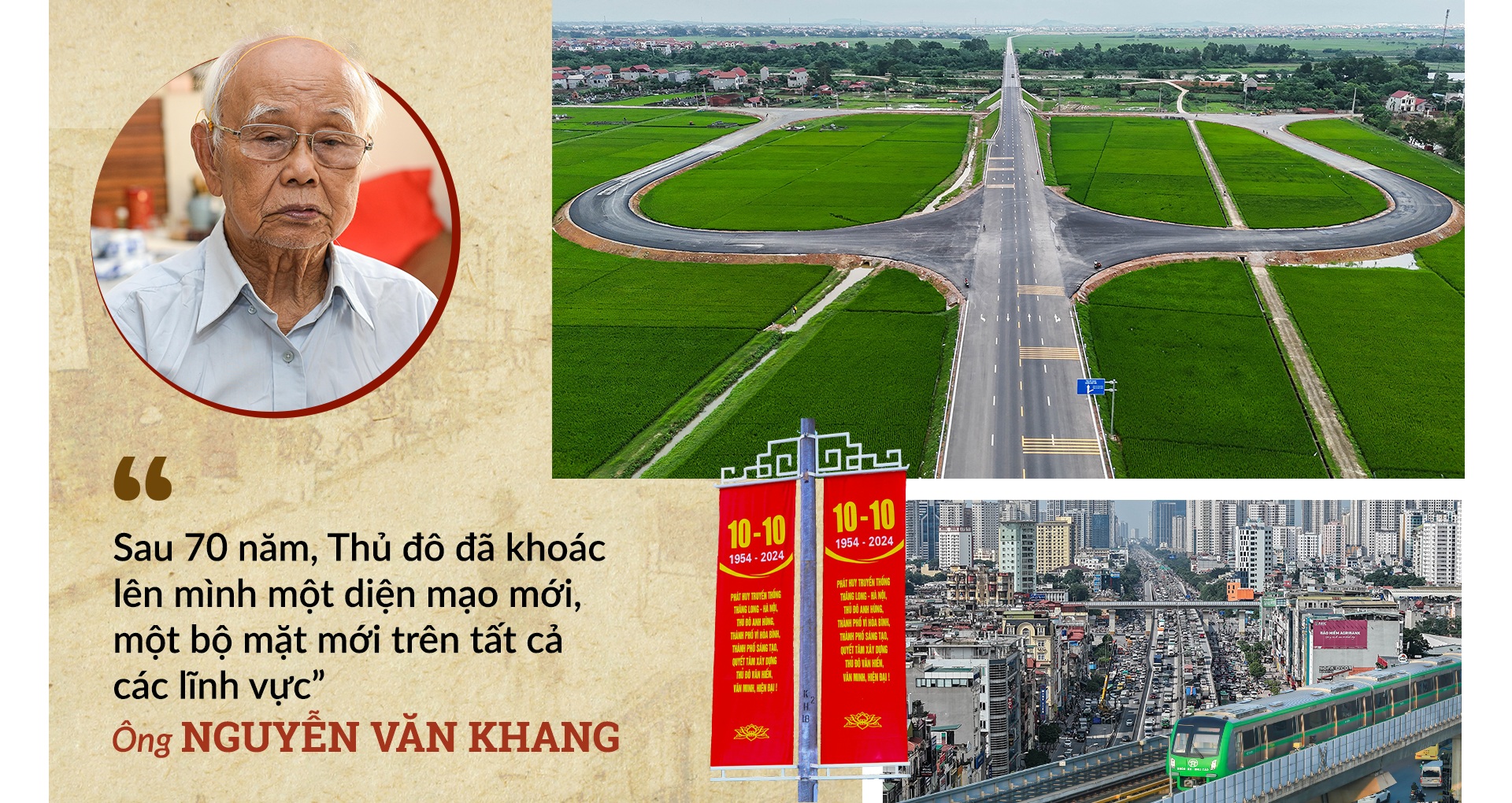
He affirmed that he will continue to promote revolutionary ethics, pioneering and exemplary spirit, and actively encourage his children and grandchildren to strictly follow the Party's policies and the State's laws.
As a child born and raised in the heart of the Capital, Colonel Bui Gia Tue clearly understands the changes and development of the Capital today.
Colonel Tue shared that from a war-torn city, nearly 10 years of the smell of gunpowder, the earth and sky shook with the sound of bombs and bullets. Today, Hanoi has become an economic, cultural, scientific, educational center,... with an important position in the country and in the region.
“Looking back at the development process of the Capital, we all see rapid changes, comprehensive and sustainable development from urban to rural areas. The gap between rural and urban areas has narrowed.
70 years ago, rural areas were full of thatched houses and mud walls, but now that has changed. From cities to the countryside, there are high-rise buildings, electricity, roads, schools, and clean, spacious medical stations," said Colonel Tue.
Hanoi 7 decades ago was only limited to 36 streets. Today, the big, beautiful, straight road from Noi Bai International Airport straight to the city center, across Nhat Tan Bridge, has proven Hanoi's change, development, and international expansion.
In addition, many new civilized and modern urban area projects have been and are being formed, creating urban space and a new look for the Capital after 70 years of development. Especially the most modern traffic works of the country and the region such as Nhat Tan Bridge, Dong Tru Bridge, Vinh Tuy Bridge, Nhon - Cau Giay elevated railway, Cat Linh - Ha Dong elevated railway, etc.
Hanoi's current socio-economic prosperity is thanks to the consensus and solidarity of the entire political system from the central to local levels and the people of the capital.
Content: Nguyen Hai - Tran Van
Design: Tuan Huy
Source: https://dantri.com.vn/xa-hoi/nhiem-vu-dac-biet-truoc-ngay-tiep-quan-thu-do-20241009212253241.htm




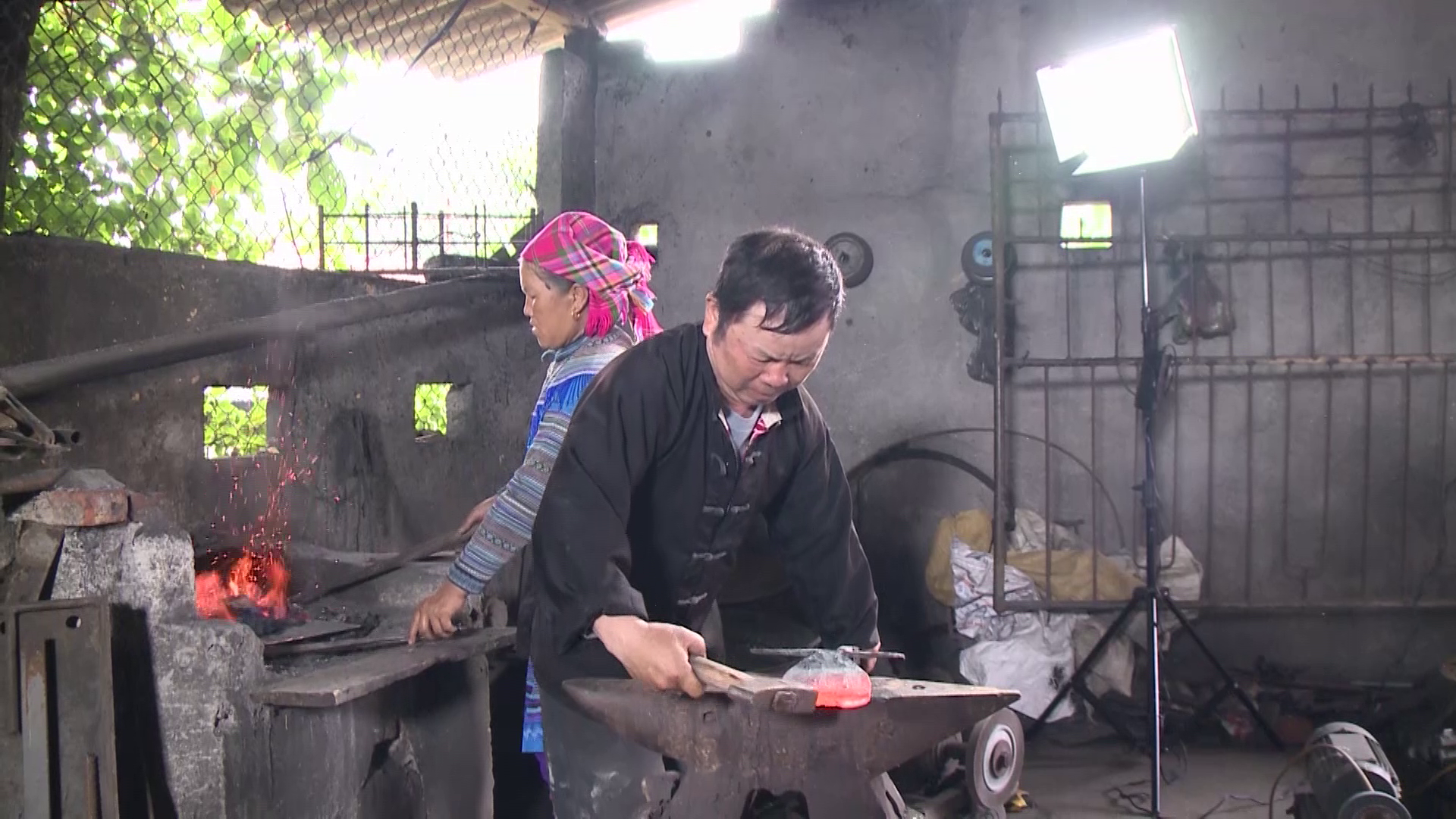

![[Photo] Prime Minister Pham Minh Chinh receives Mr. Jefferey Perlman, CEO of Warburg Pincus Group (USA)](https://vstatic.vietnam.vn/vietnam/resource/IMAGE/2025/4/18/c37781eeb50342f09d8fe6841db2426c)
![[UPDATE] April 30th parade rehearsal on Le Duan street in front of Independence Palace](https://vstatic.vietnam.vn/vietnam/resource/IMAGE/2025/4/18/8f2604c6bc5648d4b918bd6867d08396)
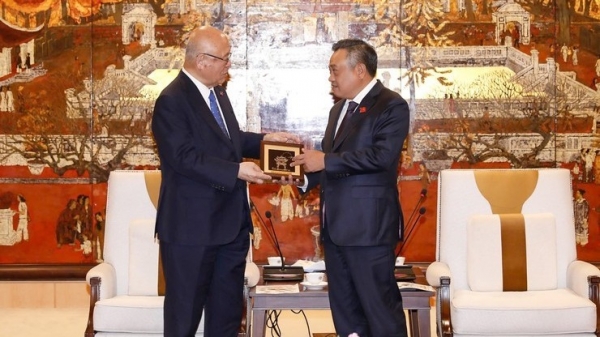
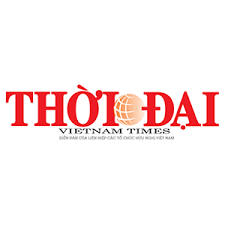
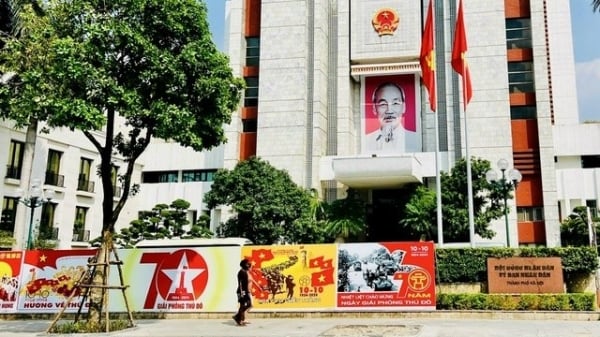
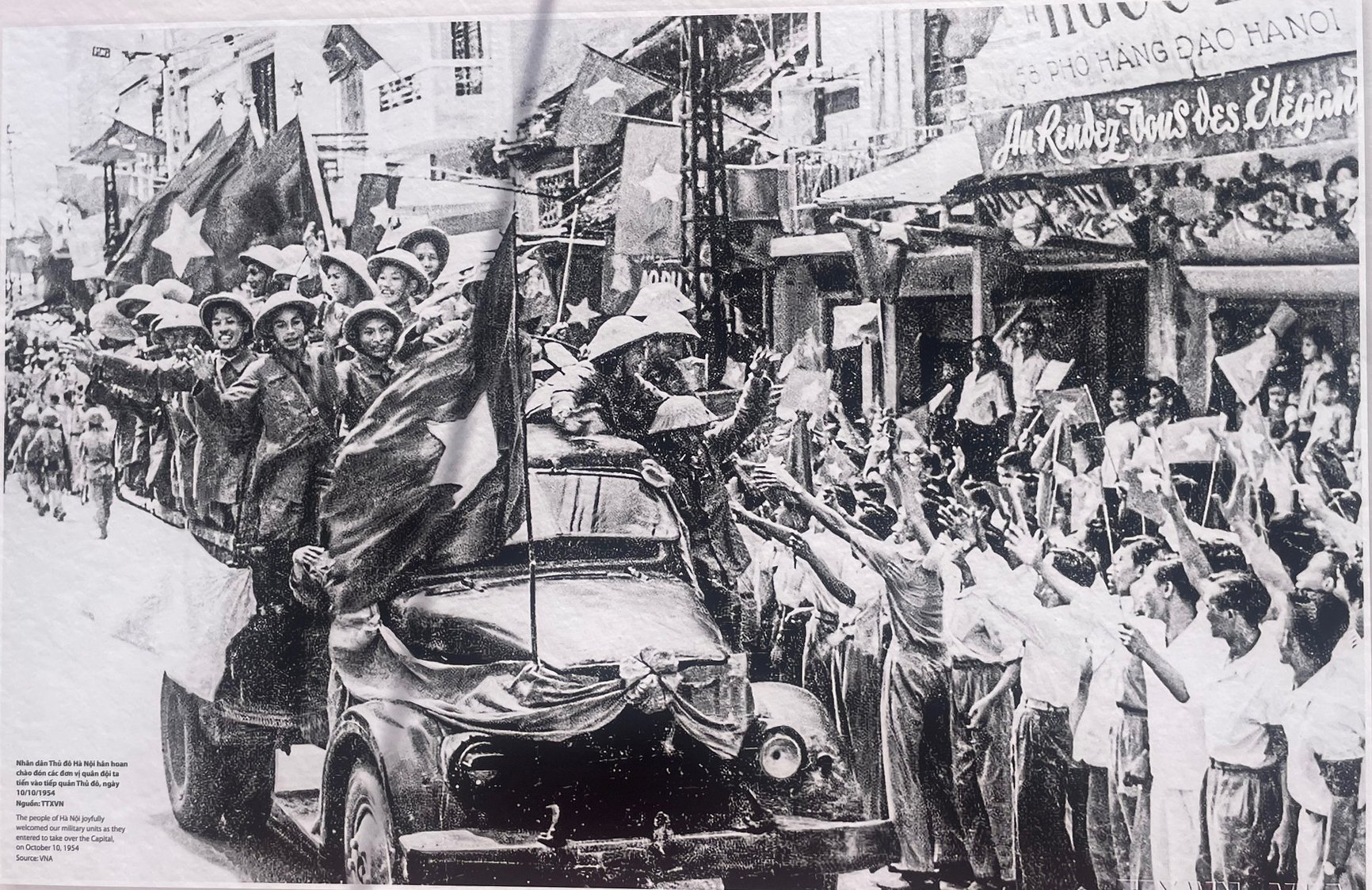

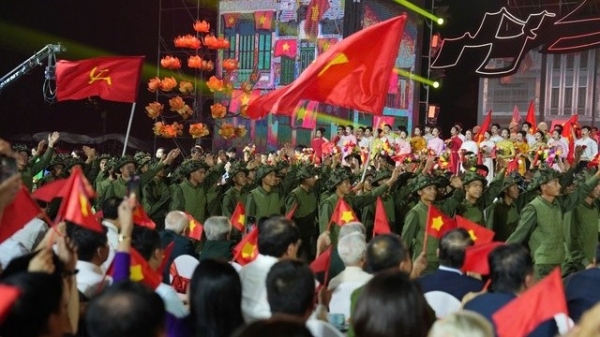


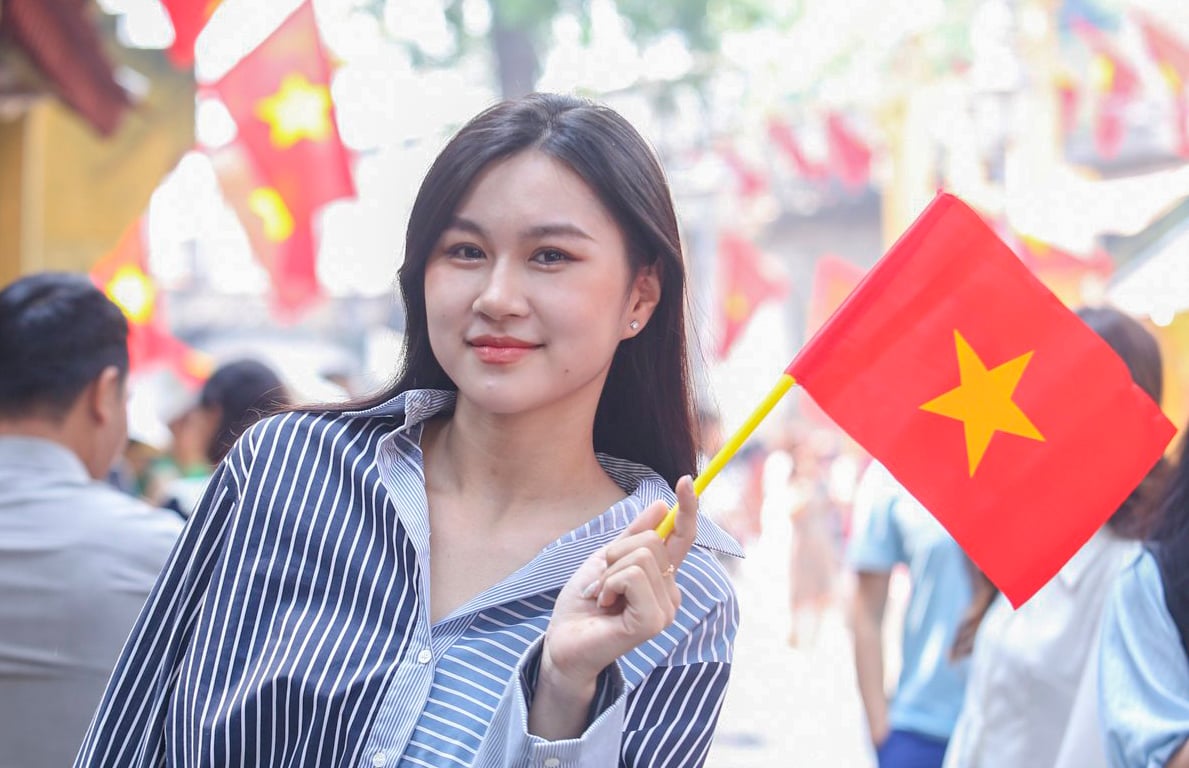


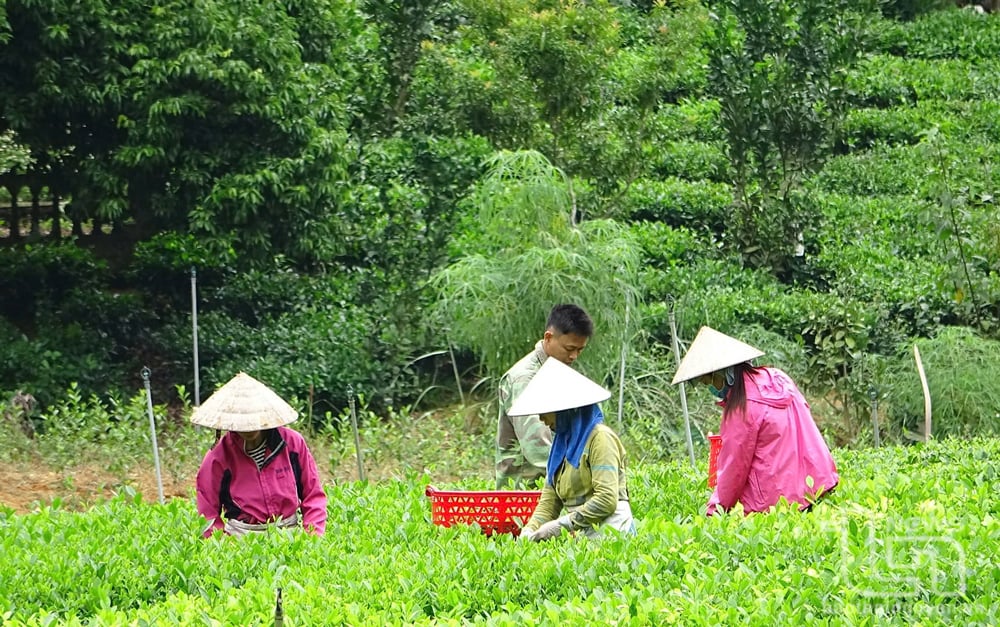
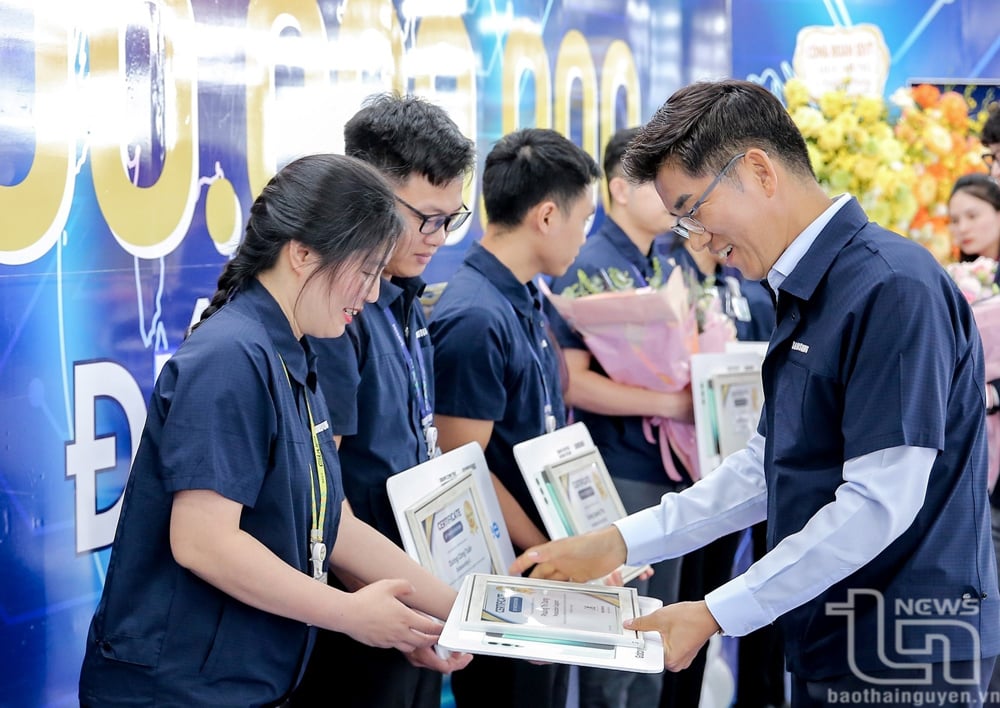
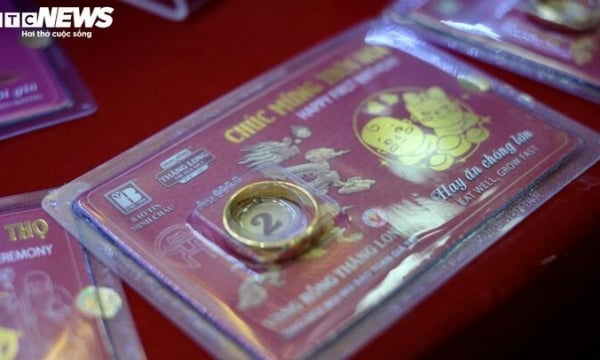
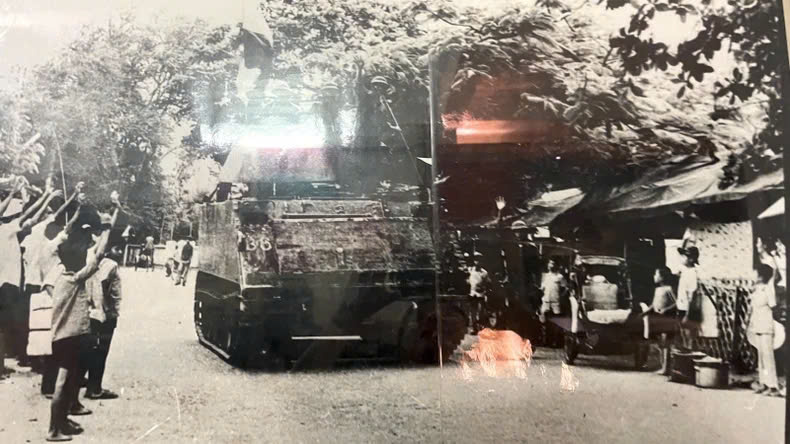
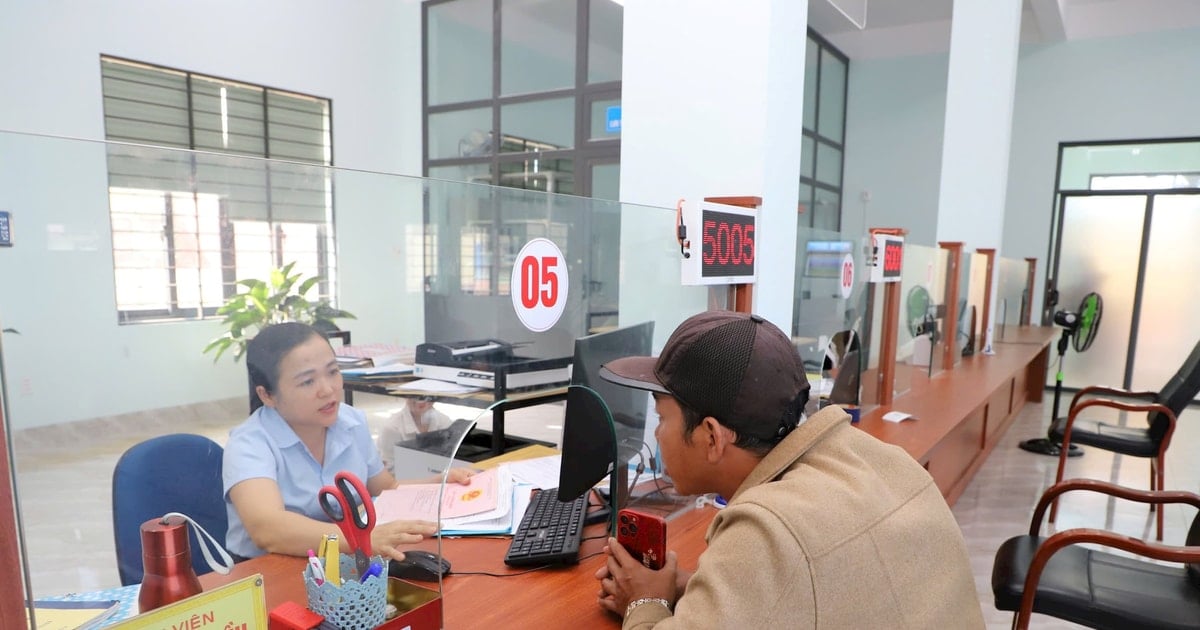





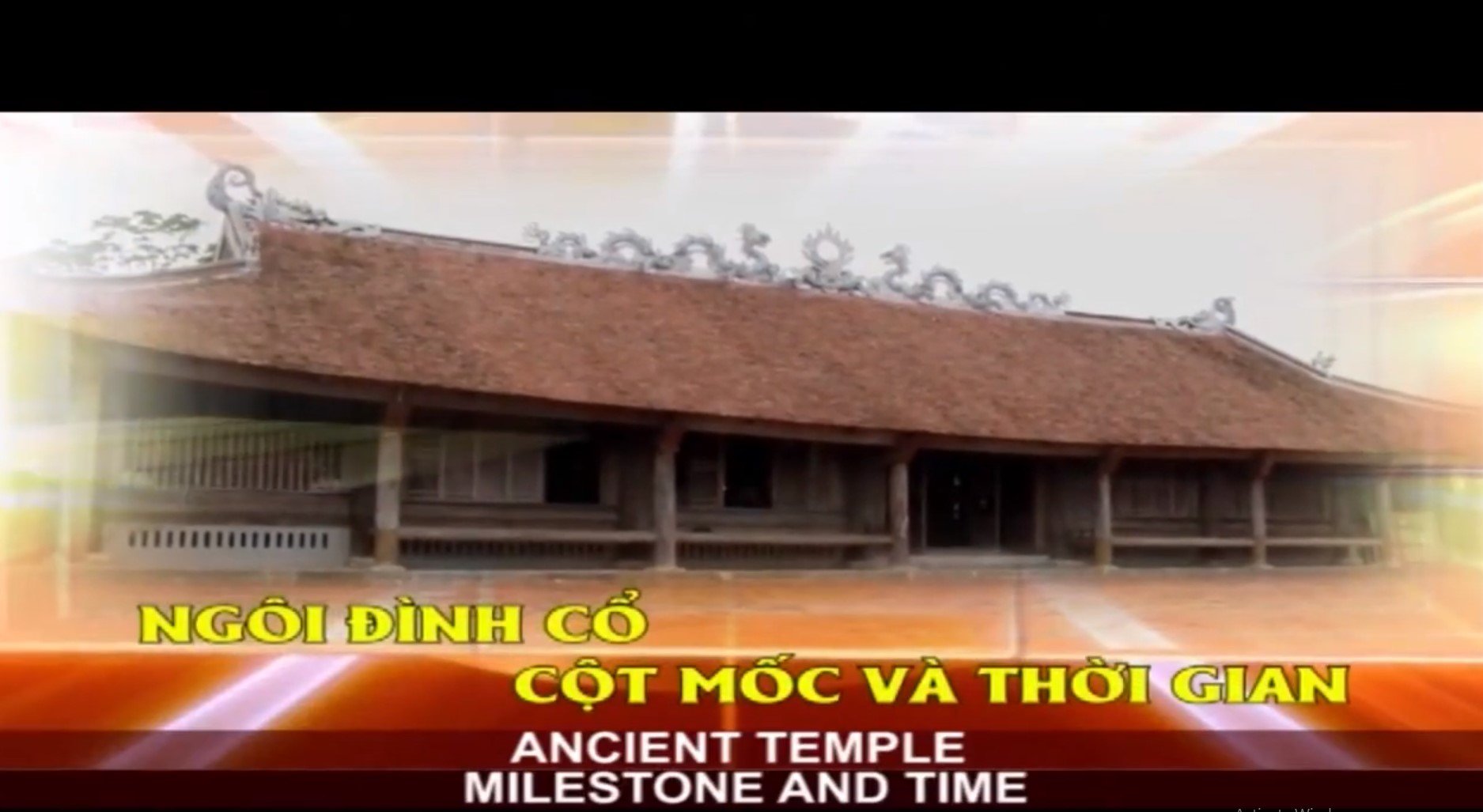
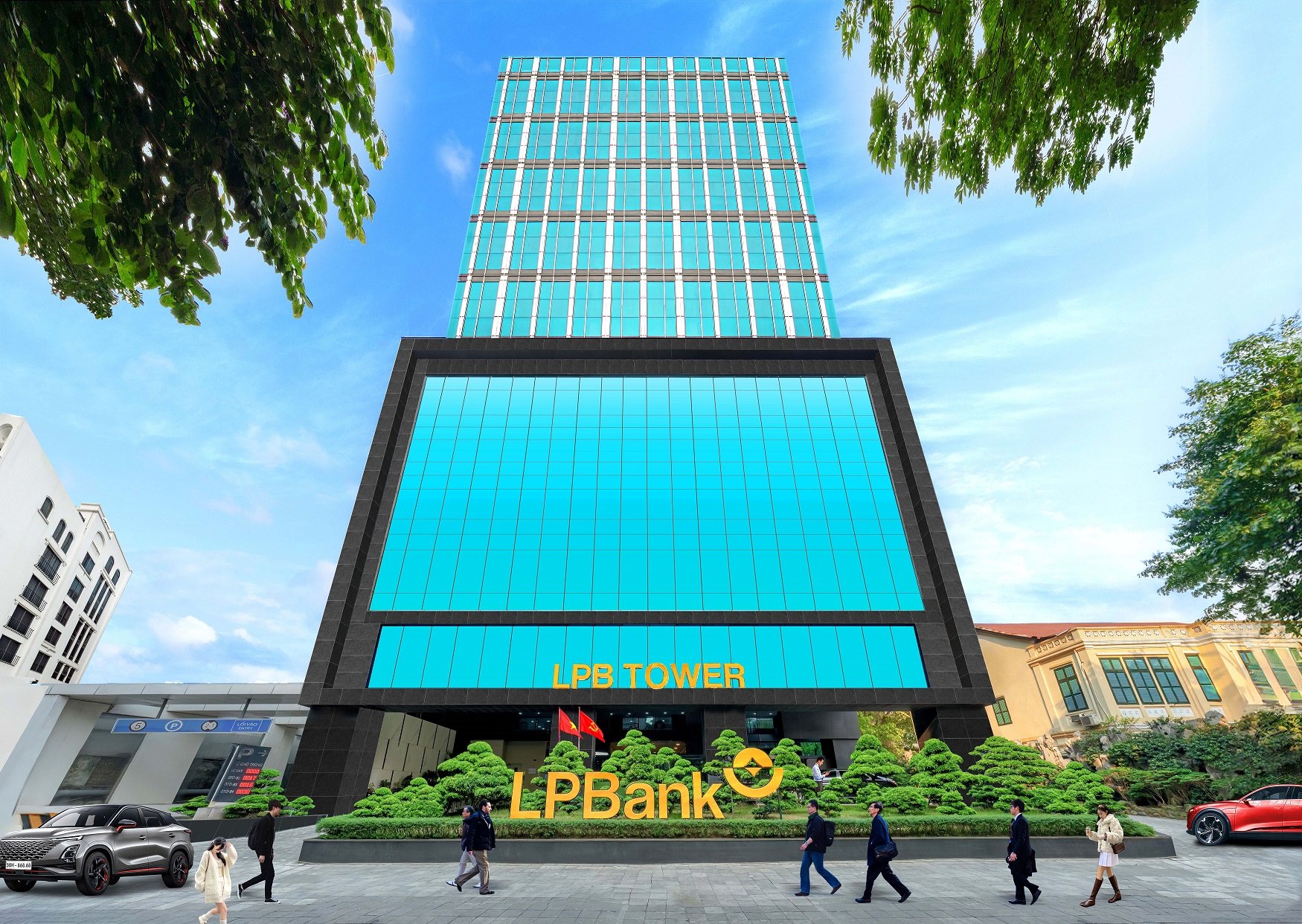
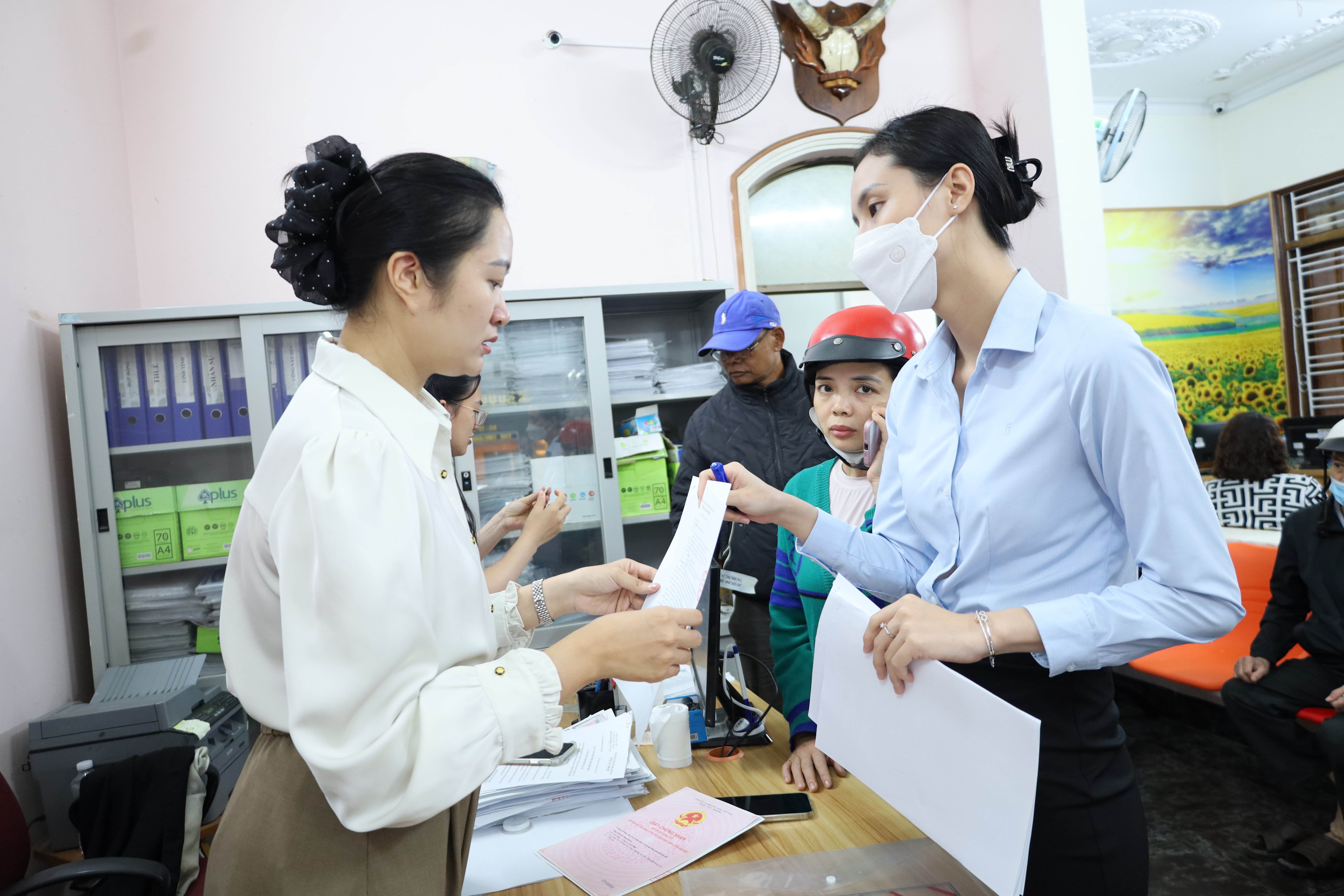
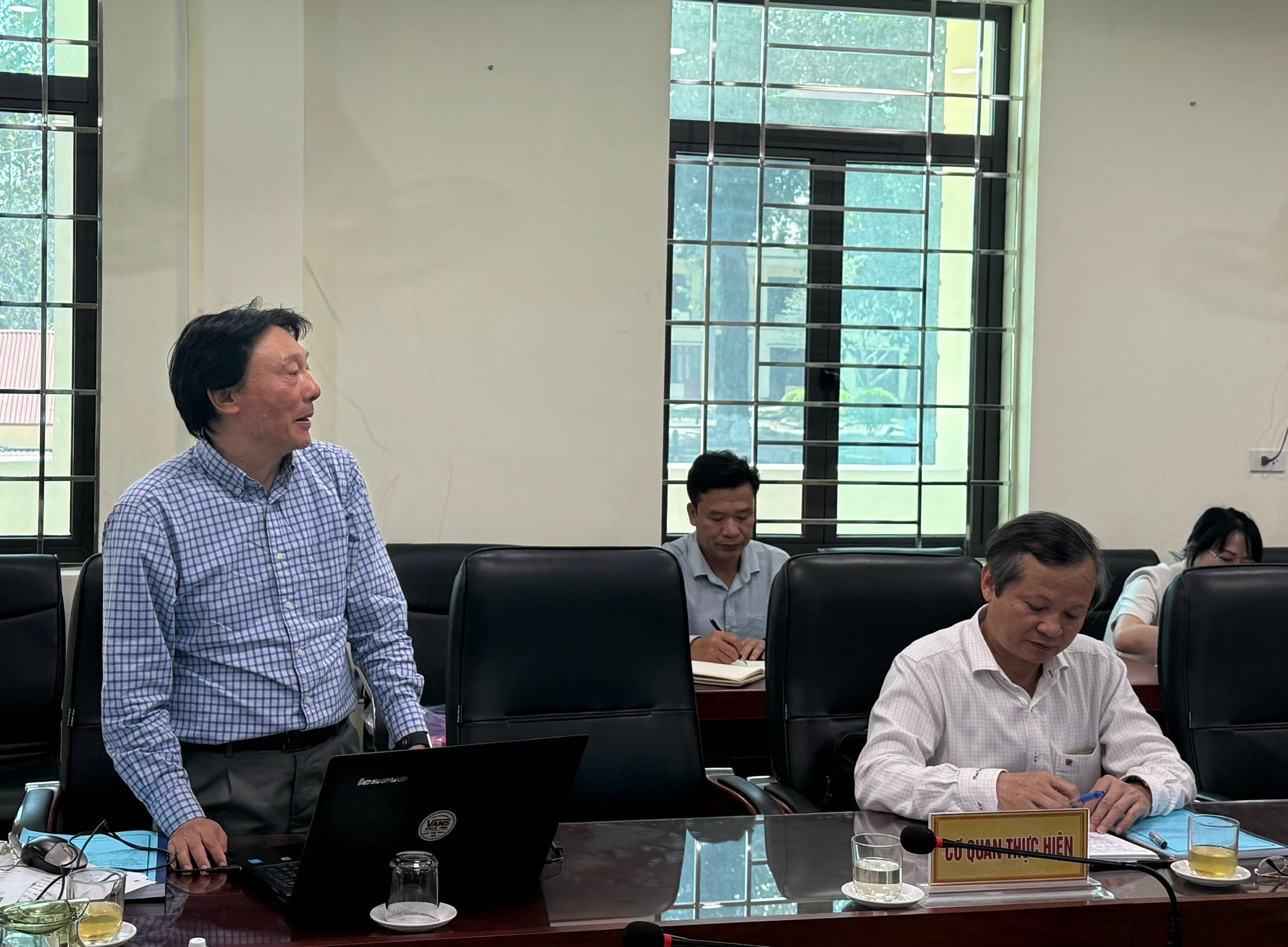
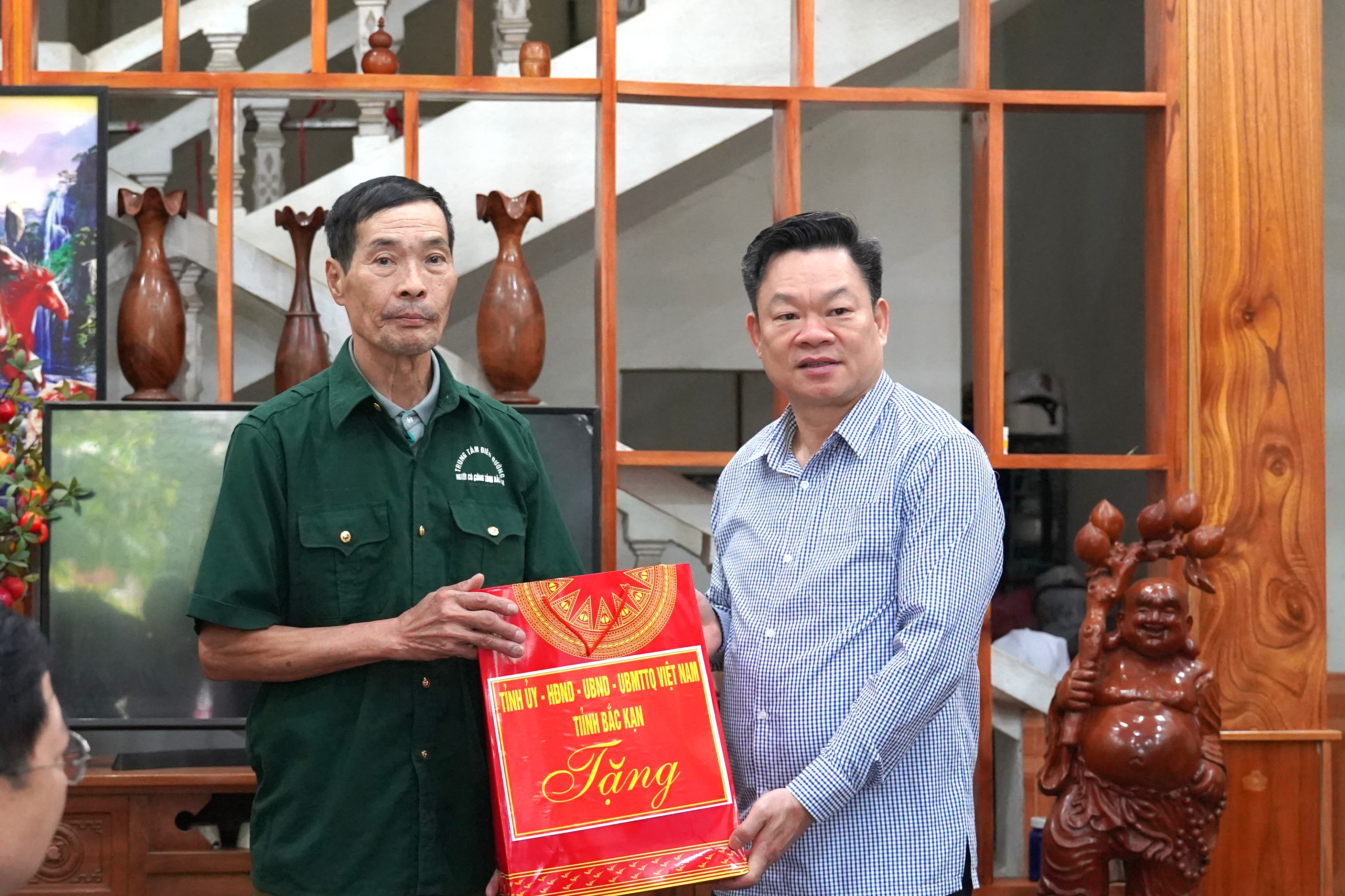


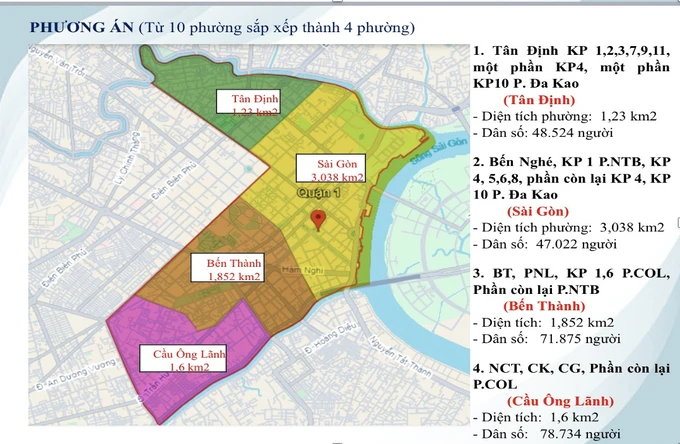

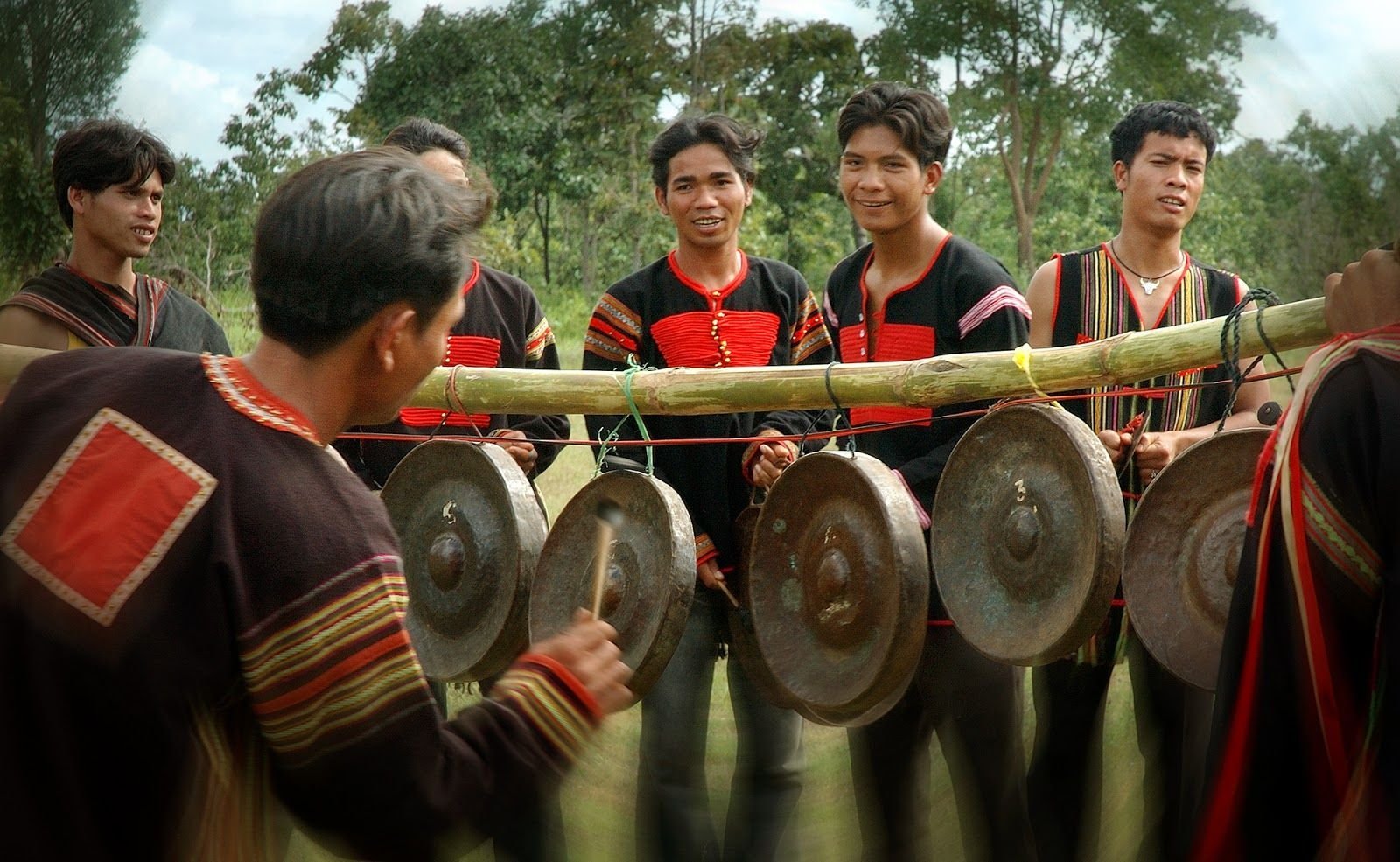





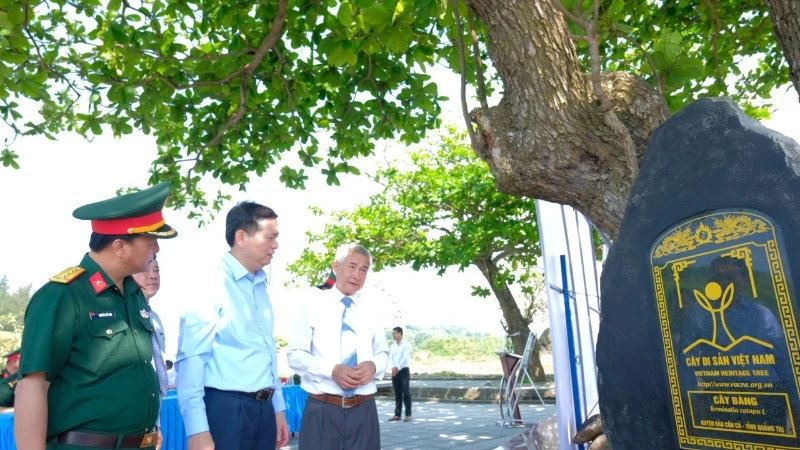
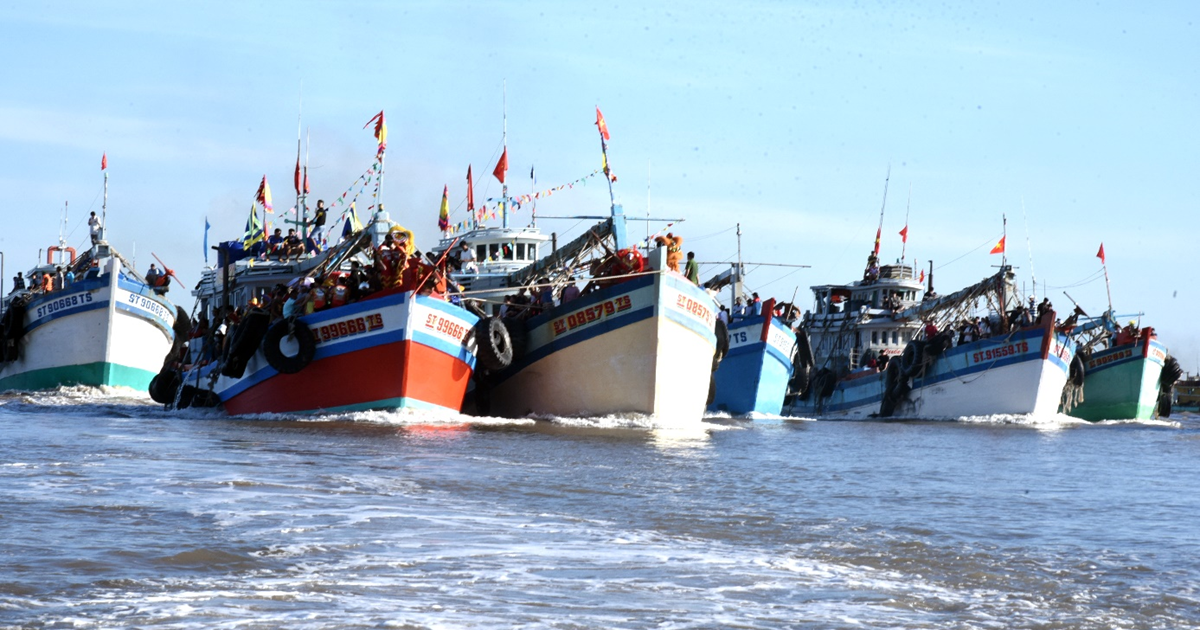





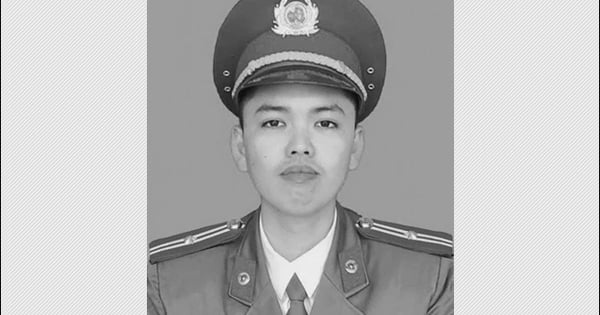















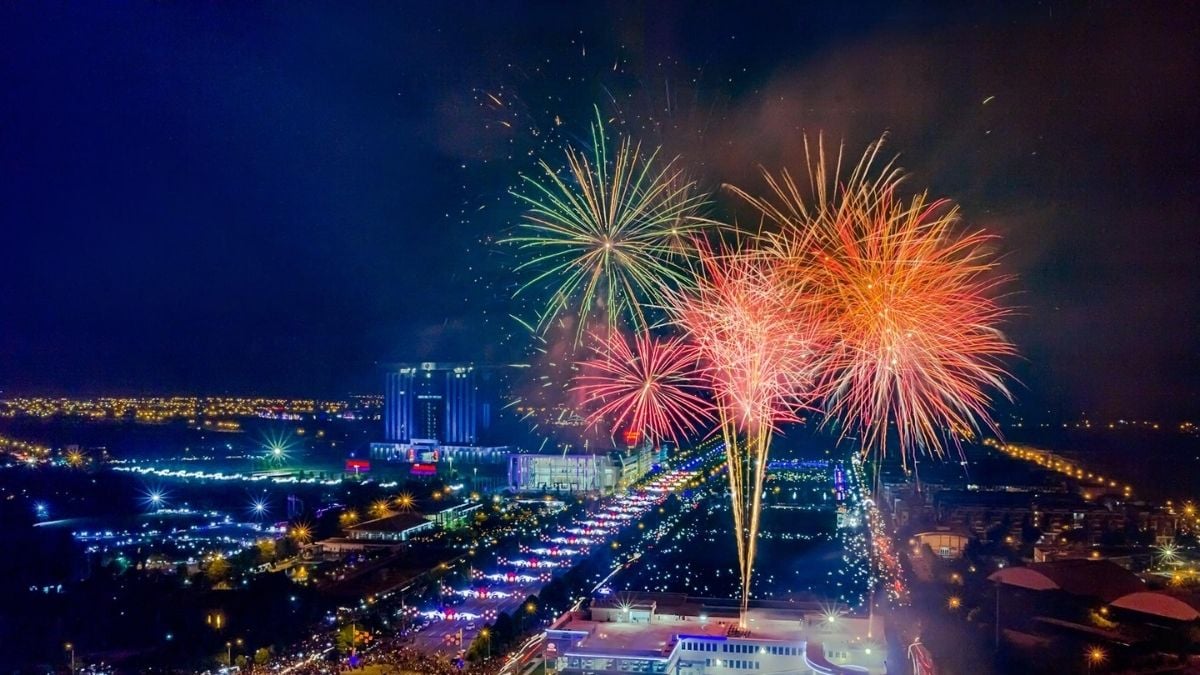
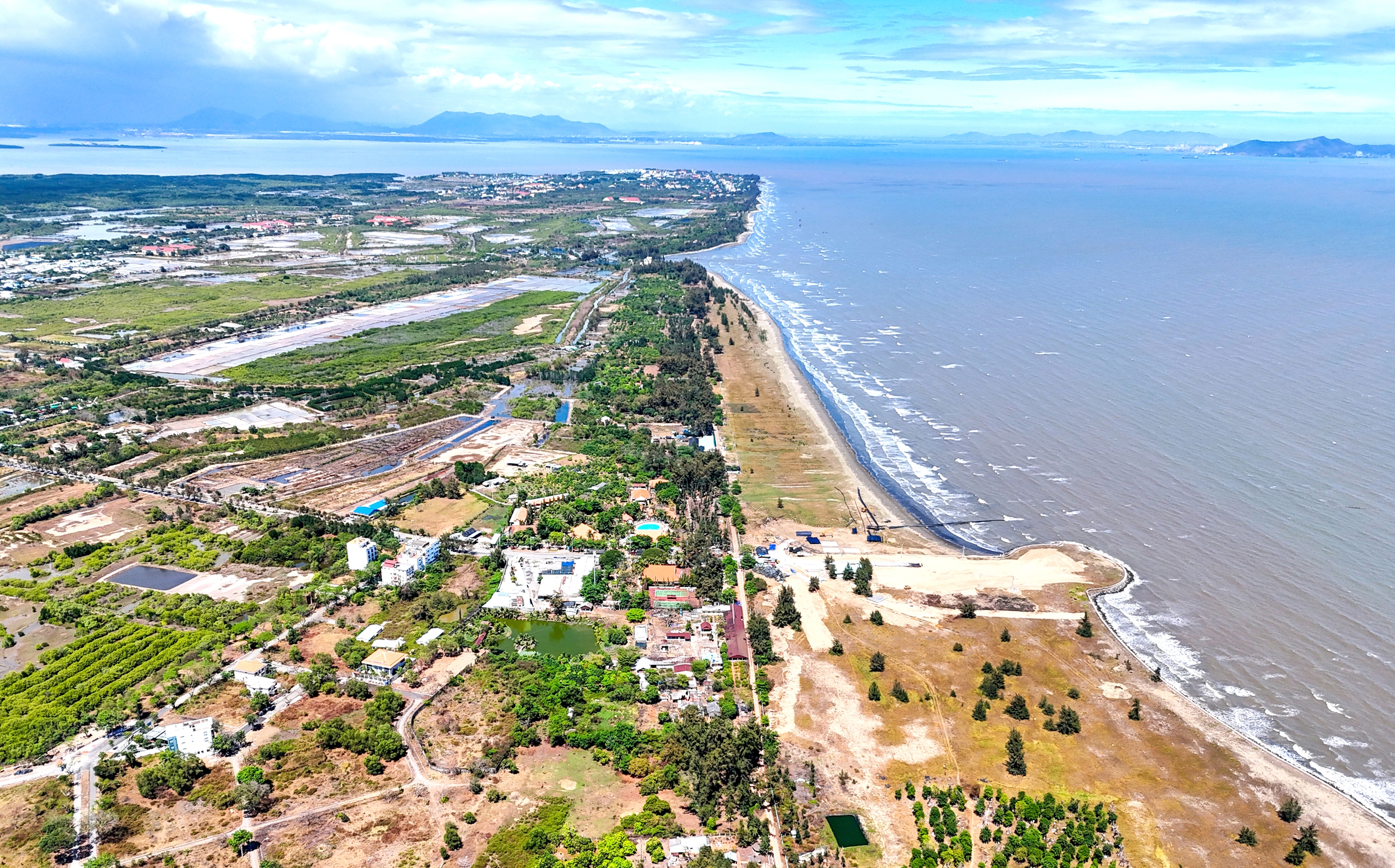
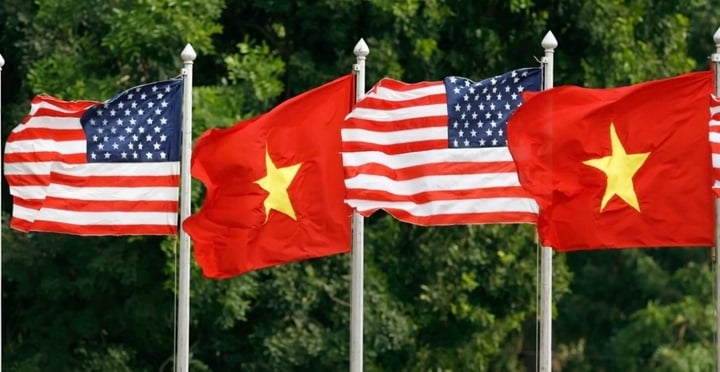

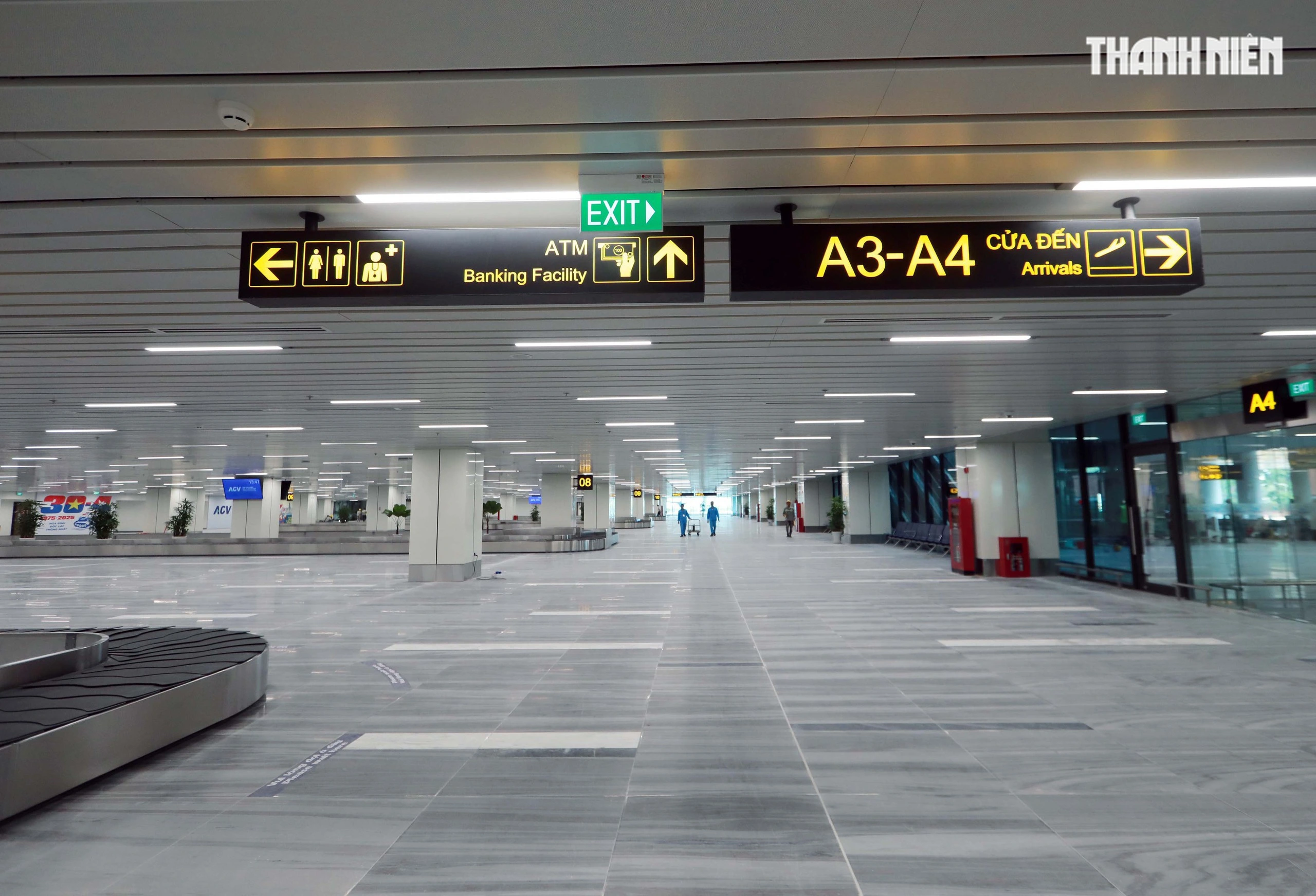
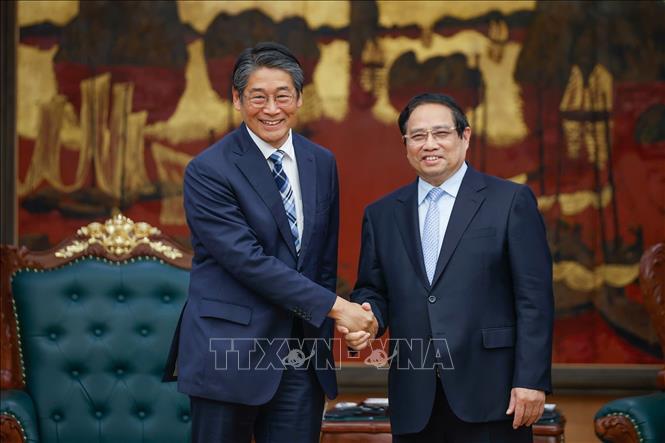
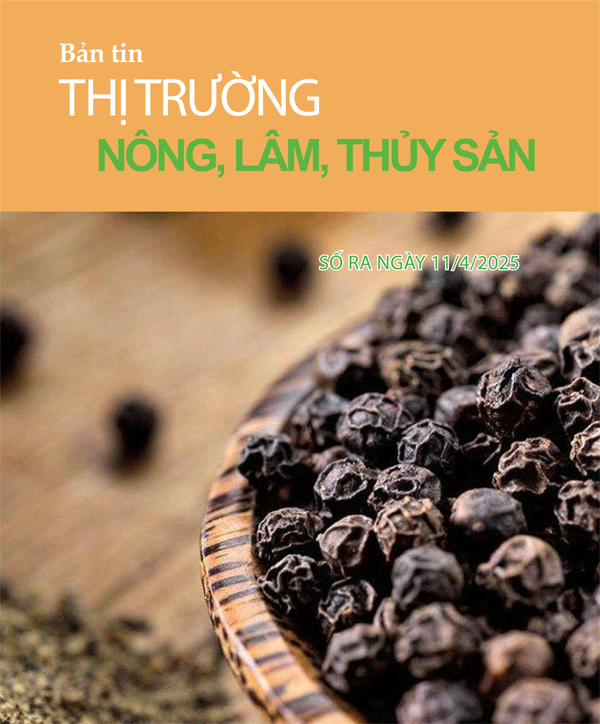

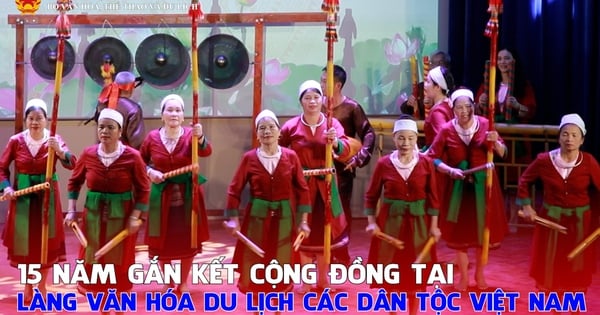

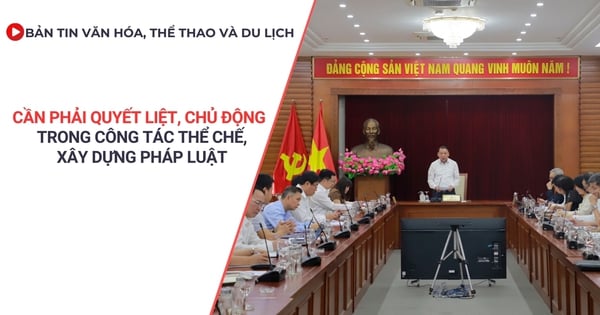
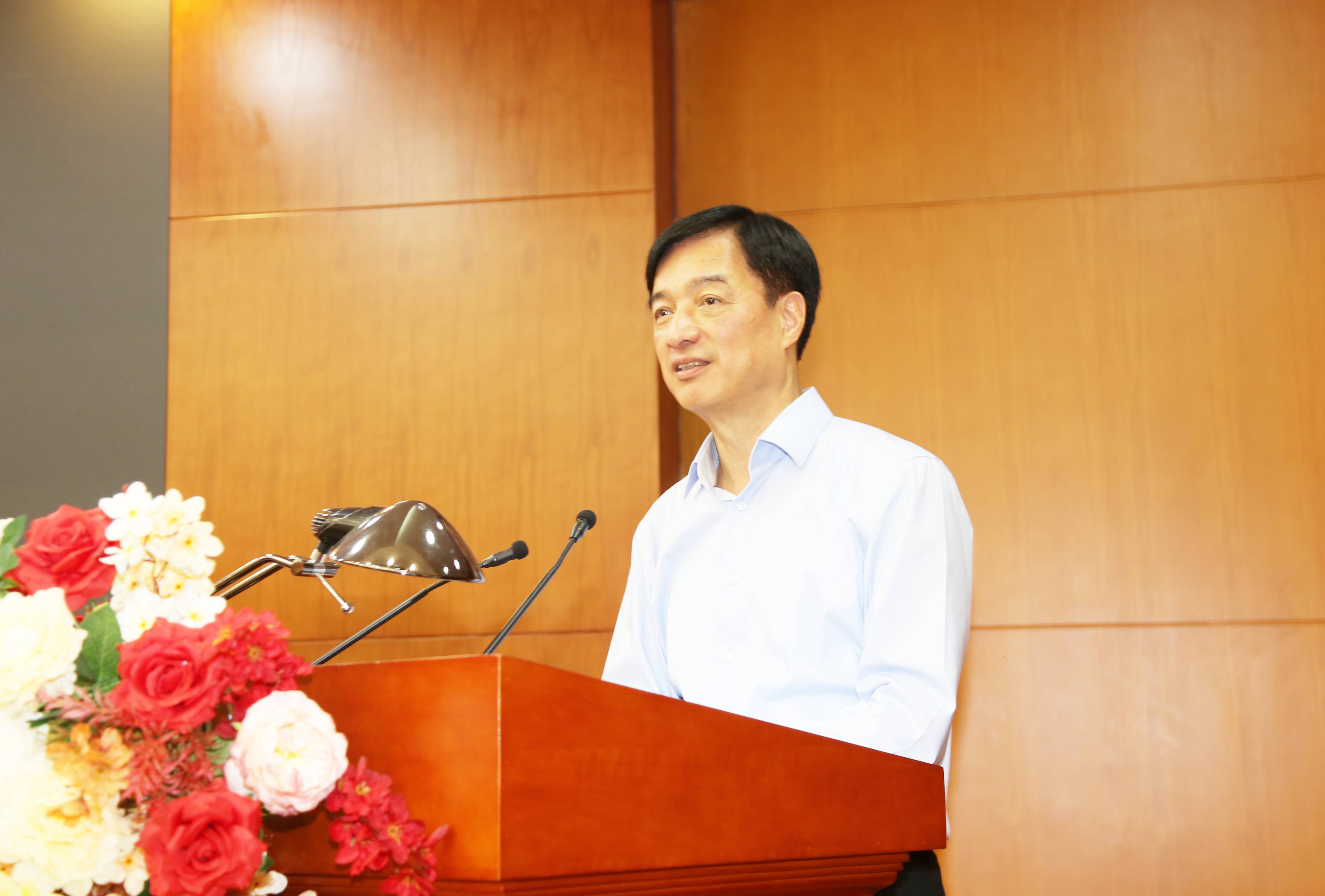



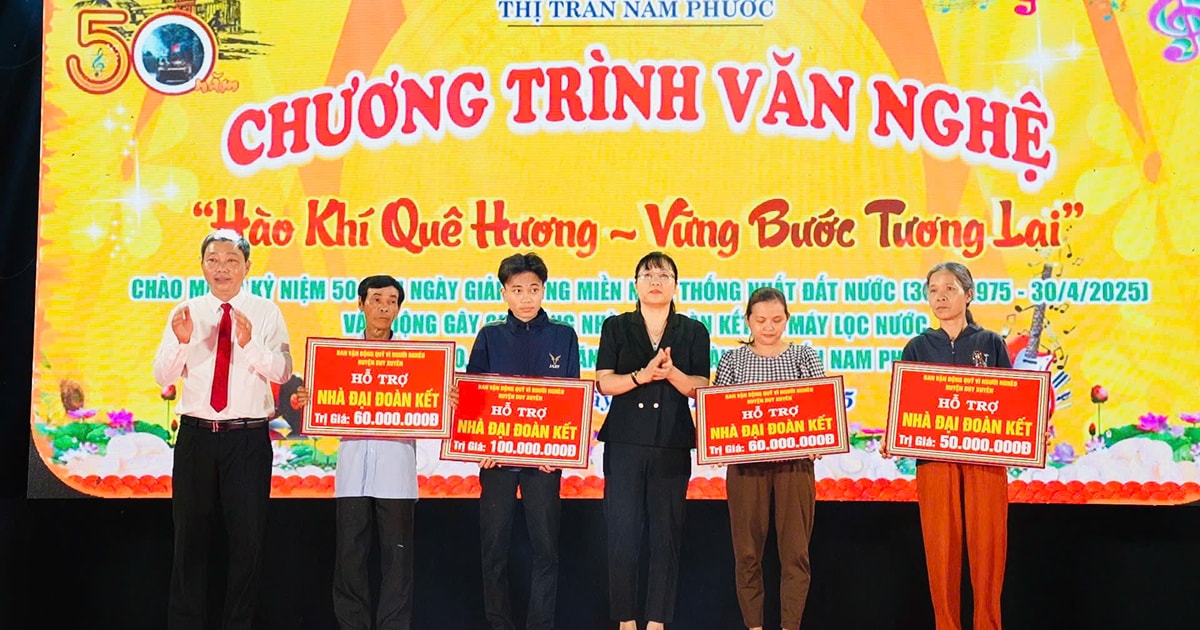



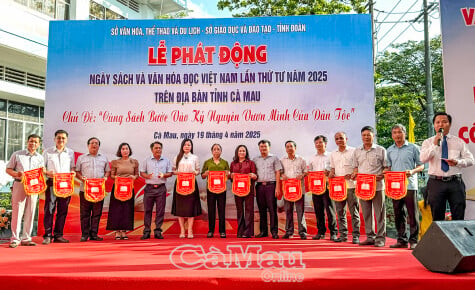


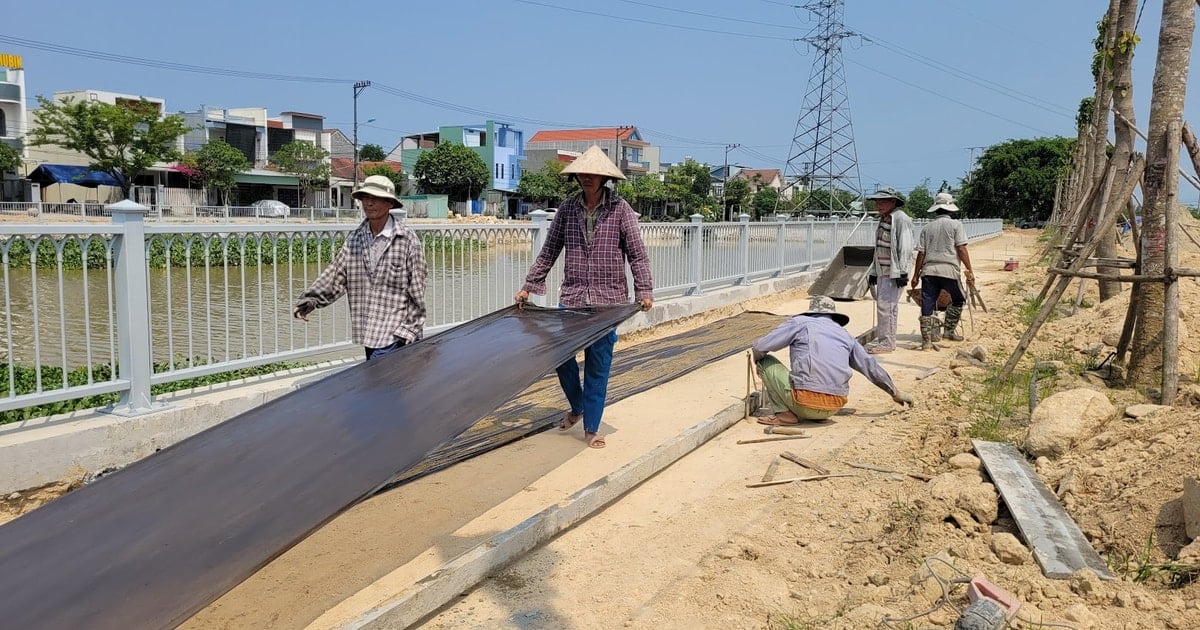










Comment (0)